

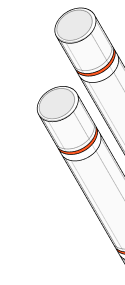
Think of it as a long steel pipe packed with steel wire that turns into a high-temperature cutting torch when oxygen is added. It’s powerful, fast, and ideal for high-heat industrial jobs — from opening tap holes to cutting scrap. There are two main types:
Type T – partially packed
Type W – fully packed with wire for higher combustion

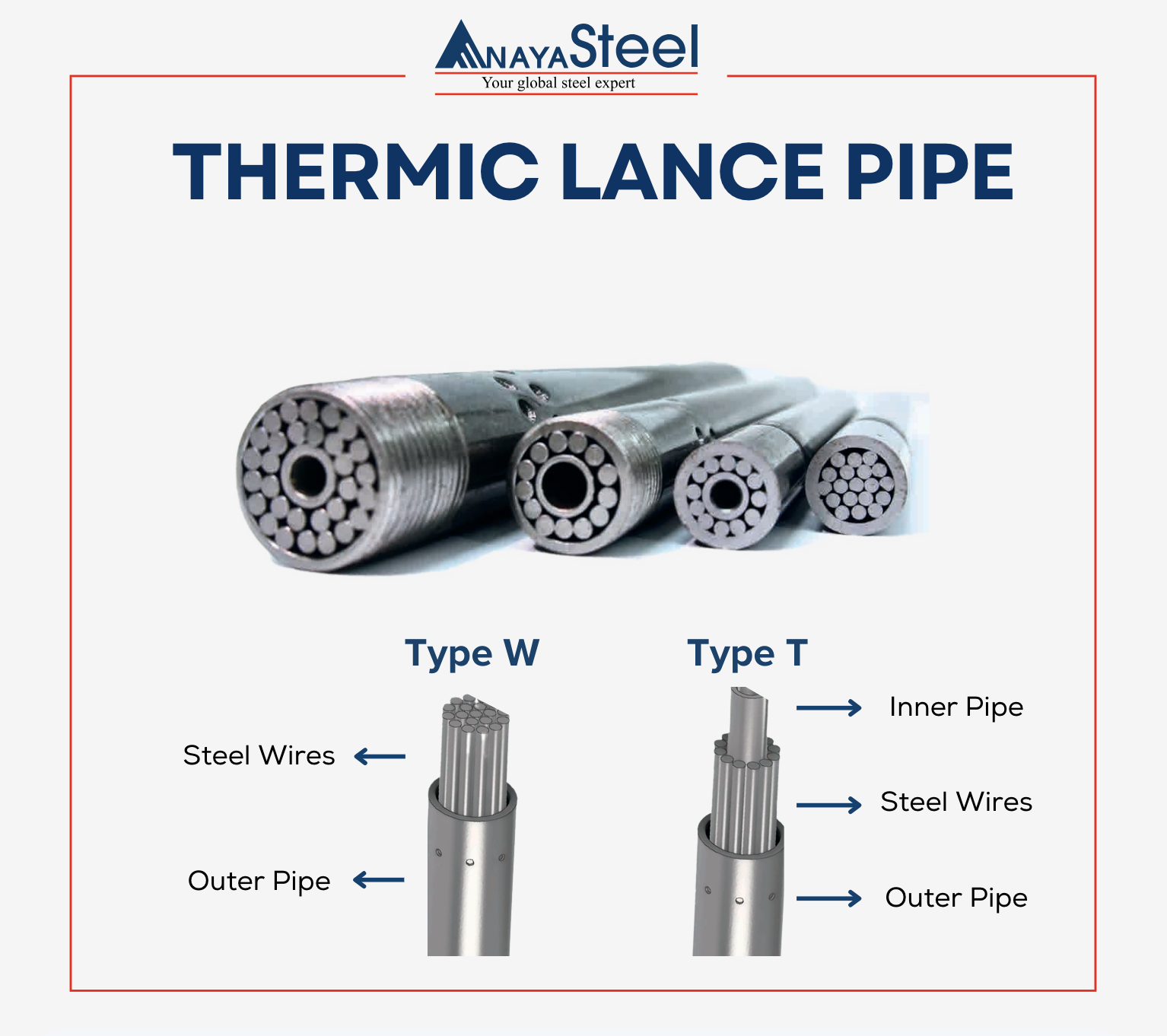
1. Suit Up
Before anything, put on your PPE — helmet, gloves, fire-resistant clothing, boots, and eye protection. Sparks fly, and things heat up fast.

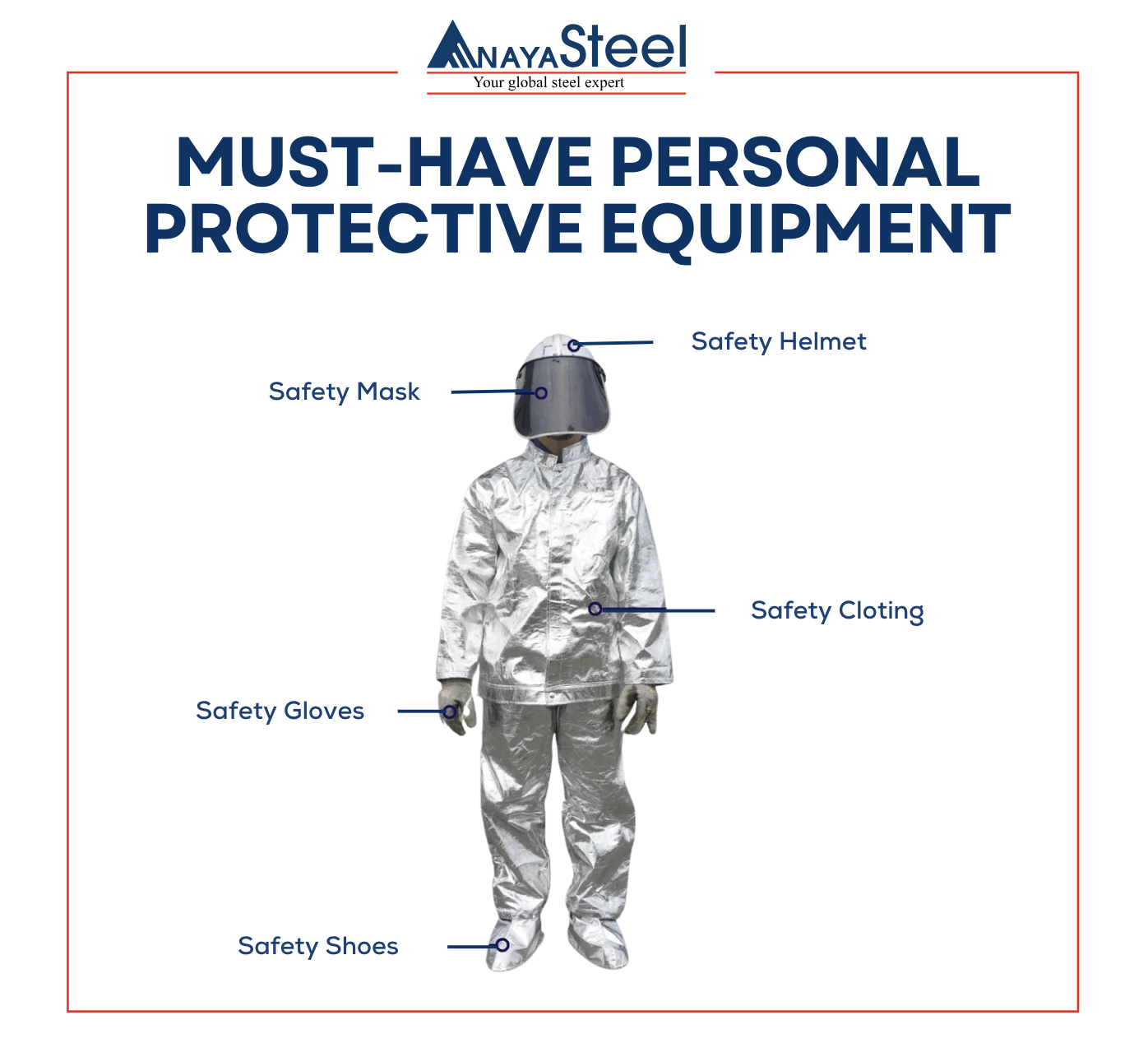

2. Set Up Your Gear
Keep a fire extinguisher nearby
Make sure your oxygen supply is good (8–12 bar)
Secure all hoses and connections to avoid leaks
Use an oxyacetylene torch to get the tip red-hot, then open the oxygen, and you’re ready to go
3. Time to Cut
Keep at least a meter away from your material. Hold the lance at about a 30–60° angle, depending on what you’re cutting. Stay steady, and swap out the lance when it burns through.
4. Wrap It Up Safely
Shut off the oxygen. Let the material cool down before moving it. If it’s still hot, mark the area so no one gets hurt.

Why do people choose Thermic Lance?
Cuts through heavy materials quickly
Reduces labor time and manual effort
Versatile for demolition, smelting, and emergency tasks
Portable and easy to set up in remote or rugged conditions
Doesn’t need electricity
Gets the job done when other tools can’t

%204.49.48%E2%80%AFp.m..png)
Disclosure
The information in this article has been sourced and adapted from Daiwa Lance Blog. All rights and credit belong to the original authors. We have cited and built upon this content to provide additional insights for our readers.













.svg)
.svg)

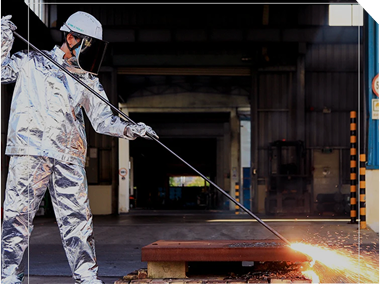
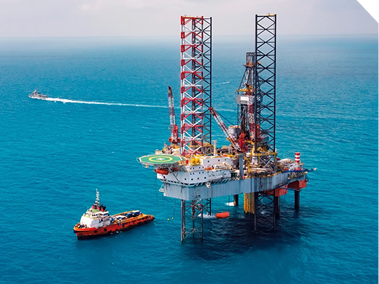
.svg)
.svg)

